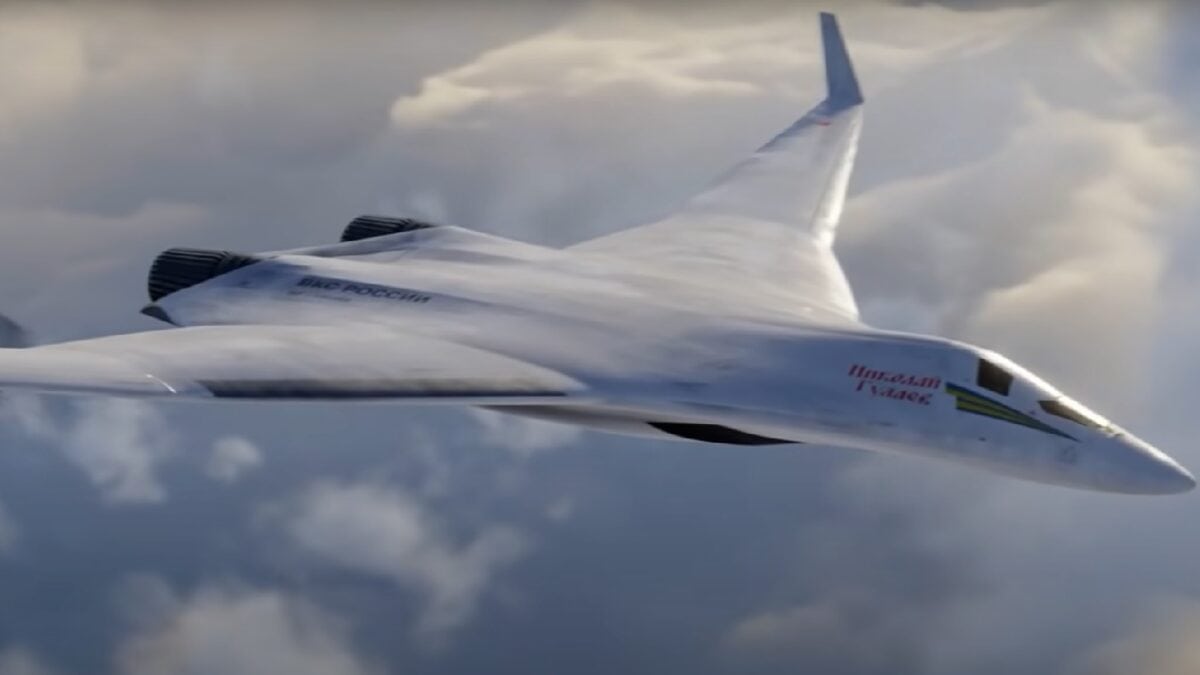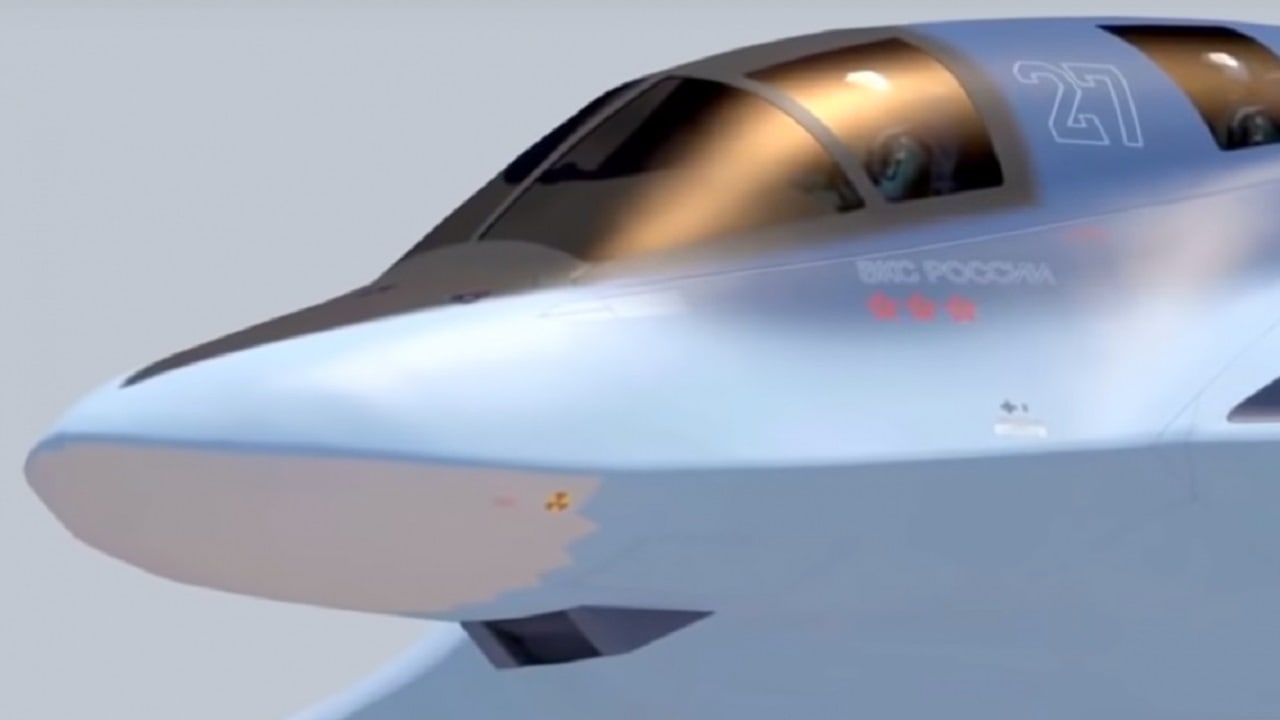Russia is great at marketing new defense projects that never happen. The PAK DA could very well be one of these projects. While the plane seems to be moving towards some sort of progress, Moscow has hyped countless new projects over the years only to see them never happen. Defense expert Peter Suciu explains what you need to know and analyzes the PAK DA project below:
Even as the United States Air Force continues to operate the B-52 Stratofortress and the Russian Aerospace Forces flies its Tu-95 (NATO reporting name “Bear”), there will likely be a future when all of the world’s high-flying, long-range strategic bombers will take the shape of a flying wing.

PAK DA stealth bomber. Image Credit: Artist Render.
The Northrop Grumman B-21 Raider is in the development stage, and on track to make its first flight next year, while it will likely enter service by the end of the decade. Likewise, China has offered a few glimpses of what is likely its H-20 strategic bomber, which looks not all that dissimilar to the B-21. Both of course have built off the successful B-2 Spirit, the first truly successful aircraft to utilize the flying wing design.
It is known that Moscow is also working on its Tupolev PAK DA, a long-range bomber that is expected to be capable of subsonic speed and have a range of 12,000 km (7,500 miles), along with the capability to continuously remain in the air for up to 30 hours while carrying both conventional and nuclear payloads. Russian officials have suggested the bomber could be officially introduced by 2028, but other than the trains, nothing really runs on time when Moscow is involved.
Few details have been publicly released on PAK DA, but a YouTube video from earlier included a few key points:
Work on the ongoing bomber, which could replace both the upgraded Tu-95MS and Tu-160 (NATO reporting name “Blackjack”) has reportedly been ongoing since 2007, but this month a drawing was widely shared on social media that Aviation Week first reported which was from a patent granted to Tupolev earlier this year. Though the patent, which included details of an aircraft engine intake, didn’t reference the PAK DA, many experts believe it to be the aircraft in question, while Aviation Week reported that the first prototype could be ready by 2024.
“The utility model relates to the aircraft industry and can be used to create aircraft structures, in which the engine air intake in the aircraft contains an inlet (2) located near the leading edge (3) of the wing, connected to an air duct (4) passing inside the airframe for air supply to the engine. The air intake installation device is equipped with a rigid shell (6) of the air duct (4). The air duct (4) is located and fixed (5) inside this shell (6). The shell (6) is fixed (7) to the power elements (8) of the airframe frame,” read the patent.
Military aviation watcher @JohnAndris also shared via a tweet, a comparison of the B-2 alongside the suspected PAK DA, with the caption, “Just for comparison, not in scale… Some elements *might* suggest potential for a higher maximum speed…”
Based on the images, it would seem the Russian design is a bit closer to the B-21 than the B-2, but it looks like Russia is finally making progress with the PAK DA.
Expert Biography: A Senior Editor for 1945, Peter Suciu is a Michigan-based writer who has contributed to more than four dozen magazines, newspapers, and websites with over 3,000 published pieces over a twenty-year career in journalism. He regularly writes about military hardware, firearms history, cybersecurity, and international affairs. Peter is also a Contributing Writer for Forbes.

